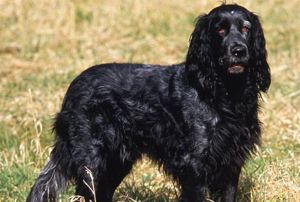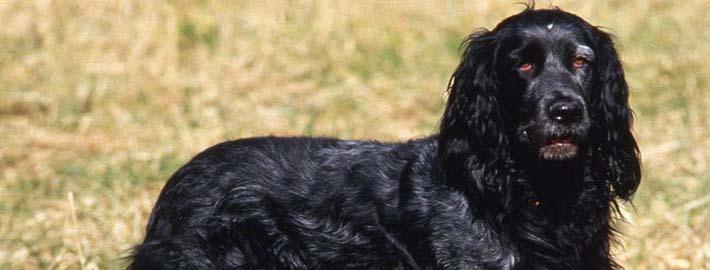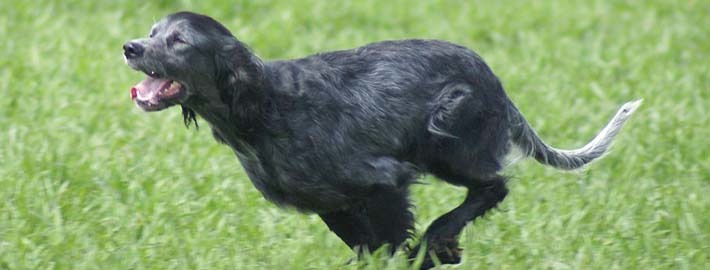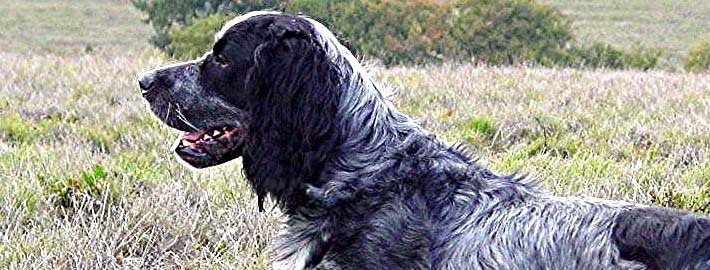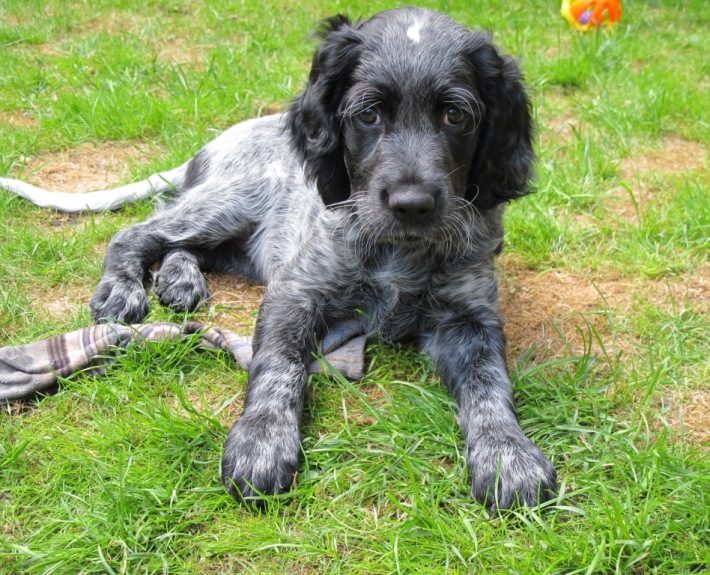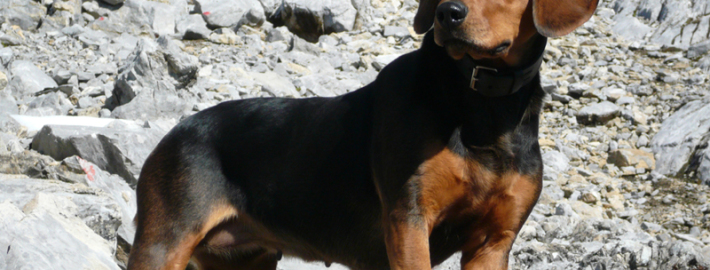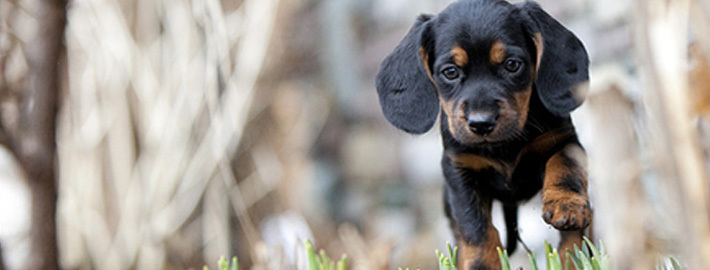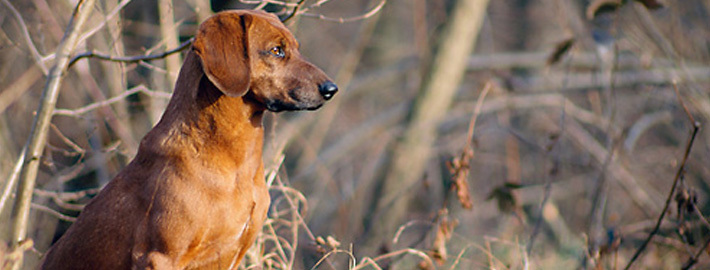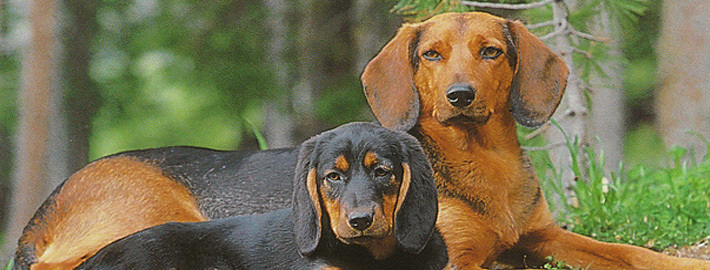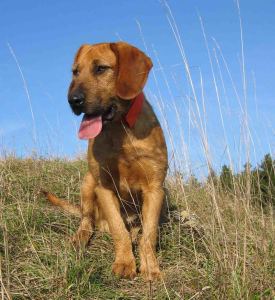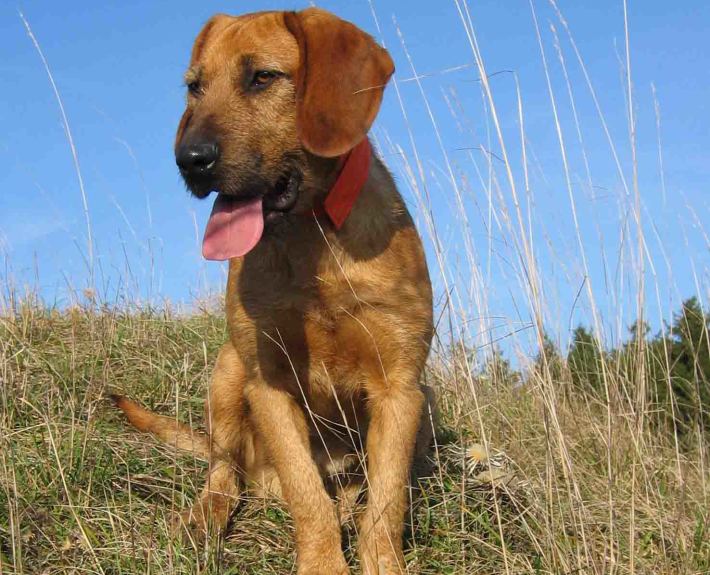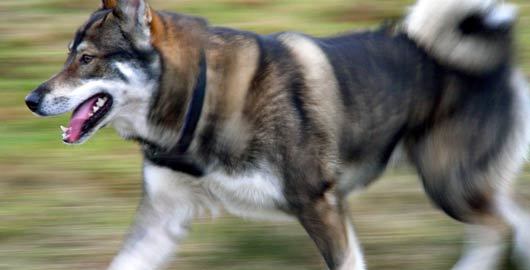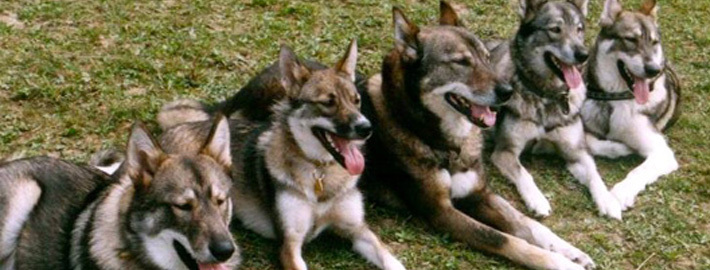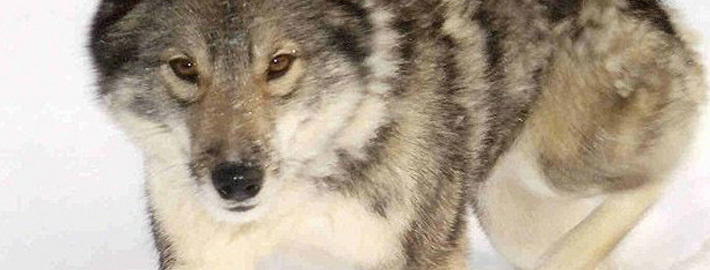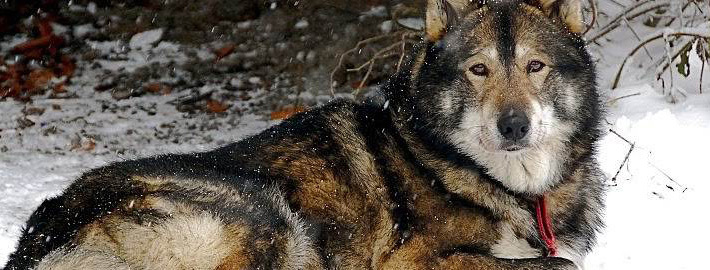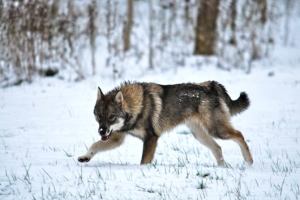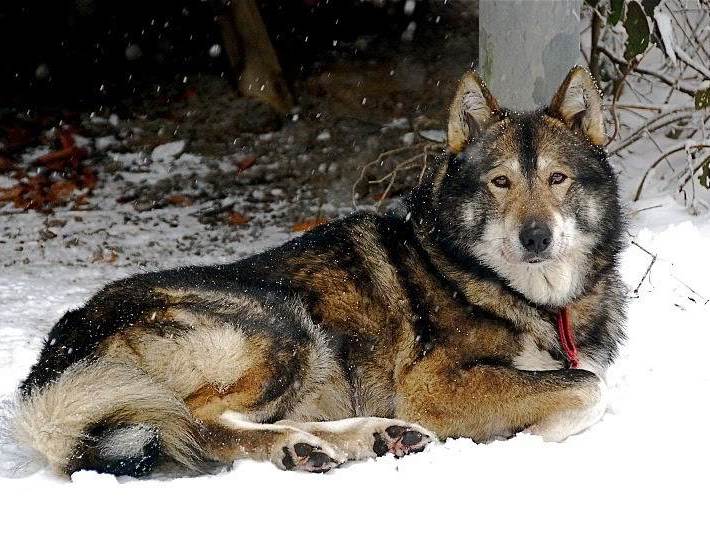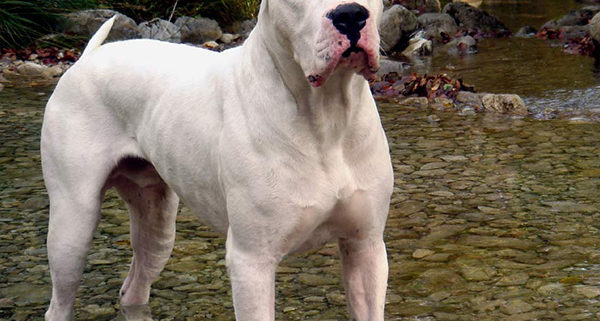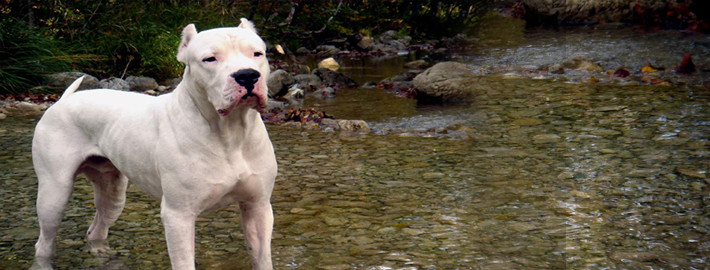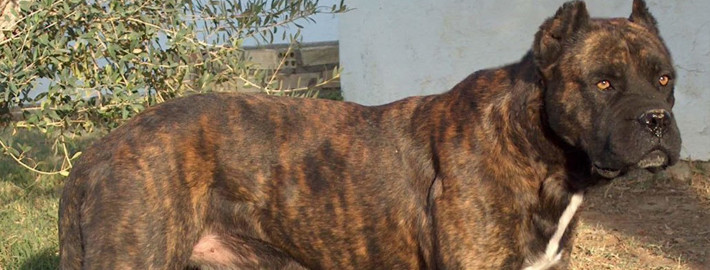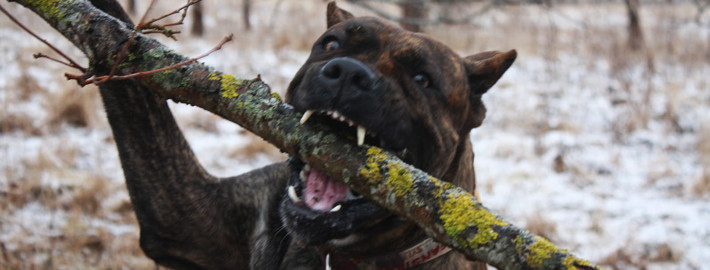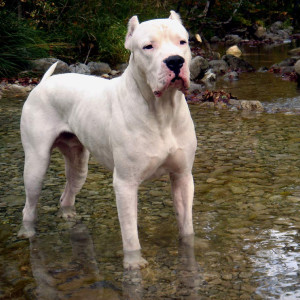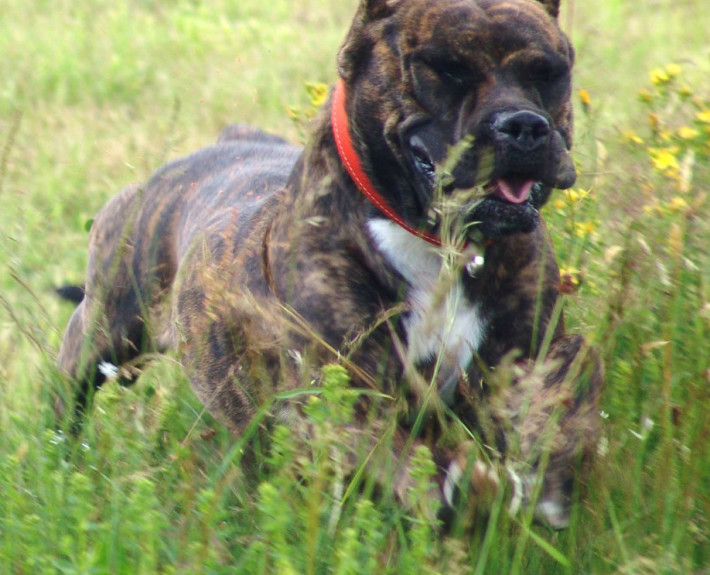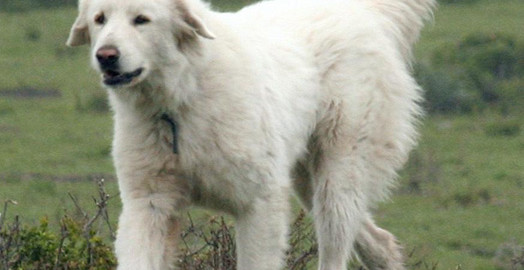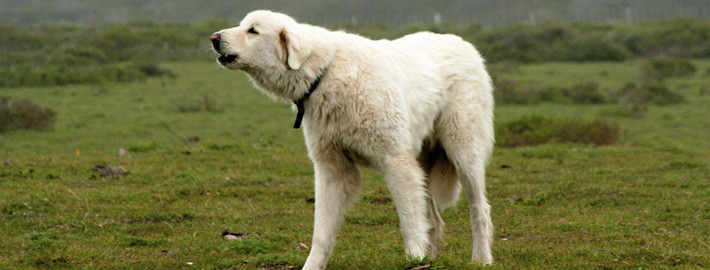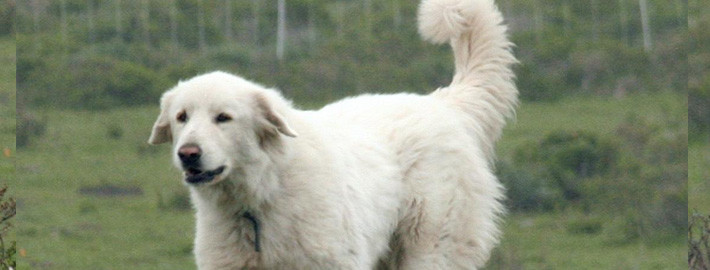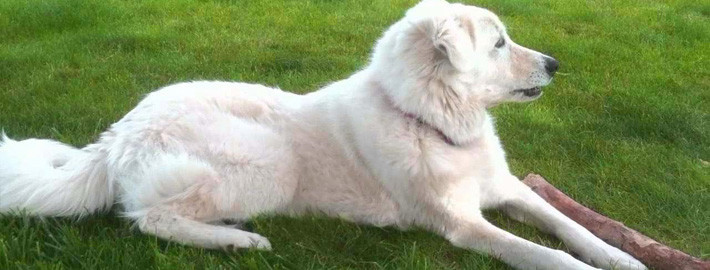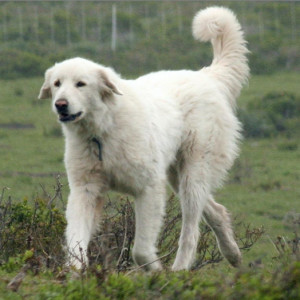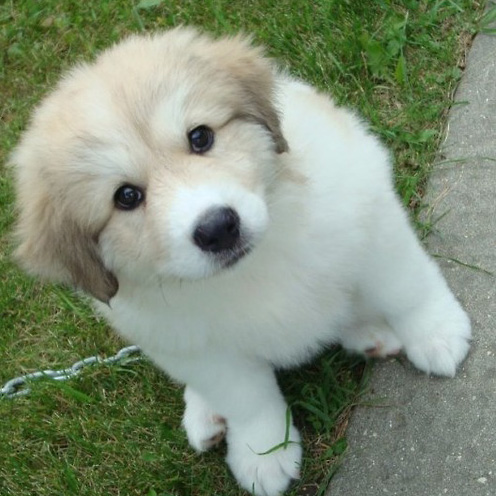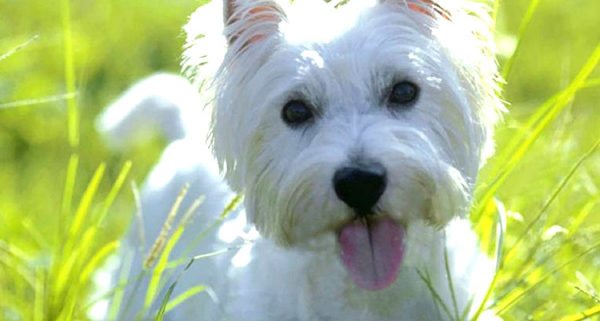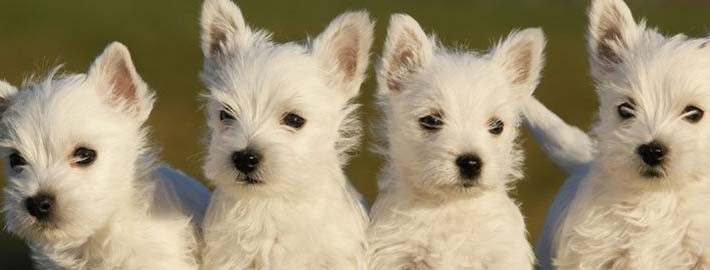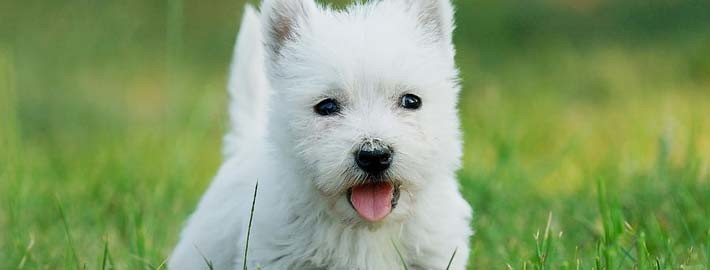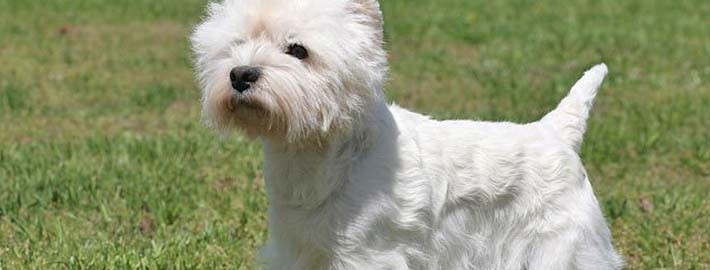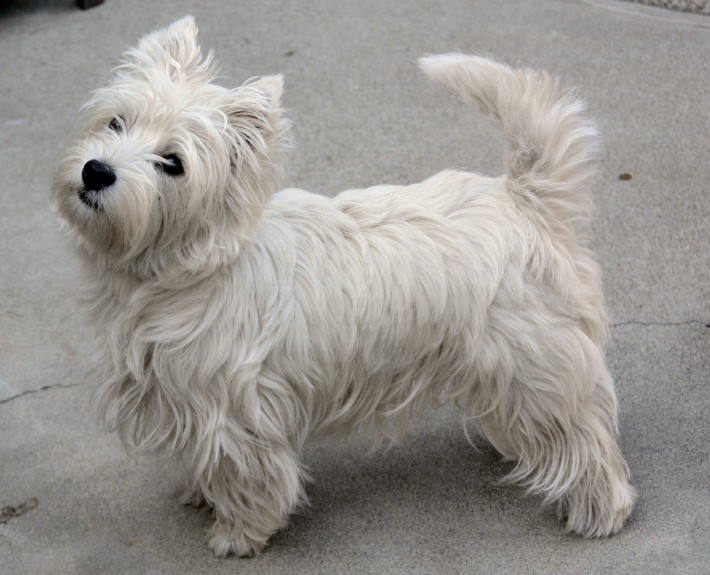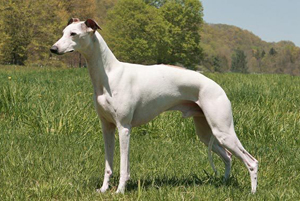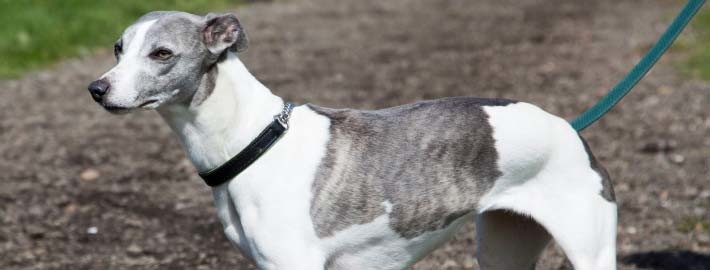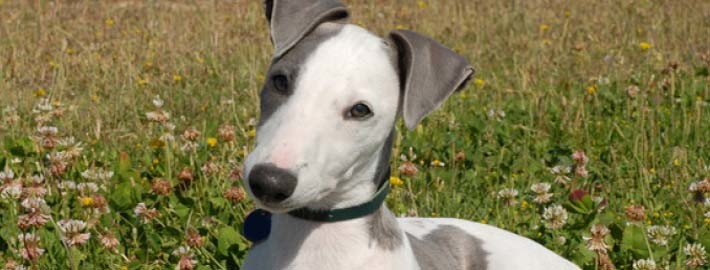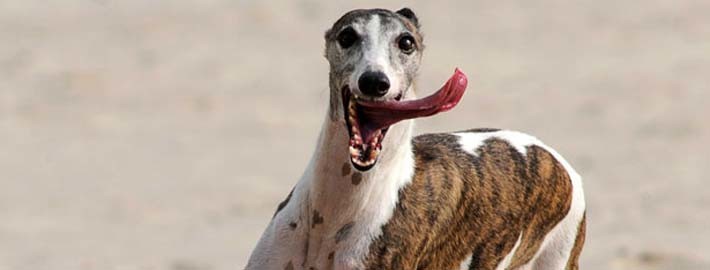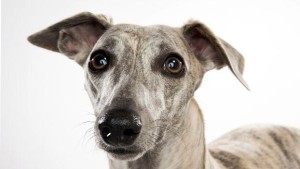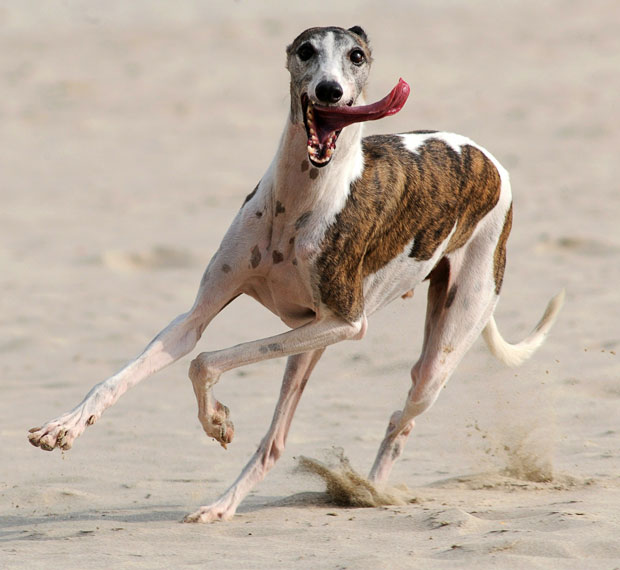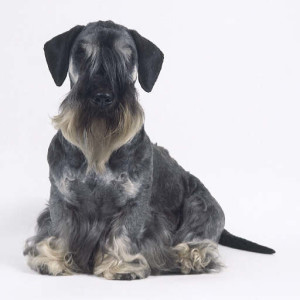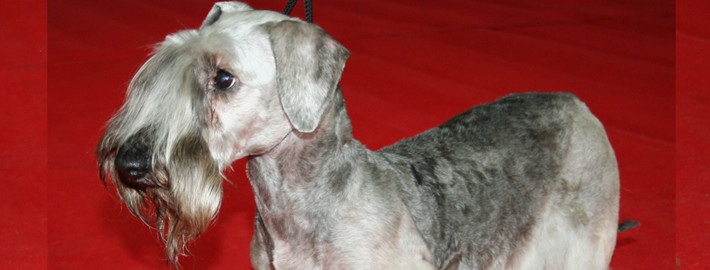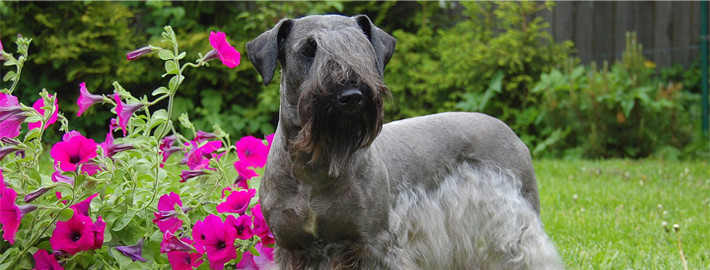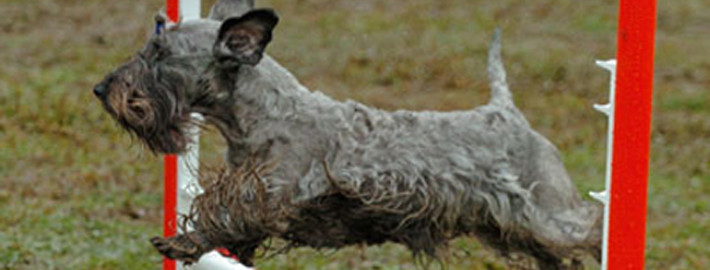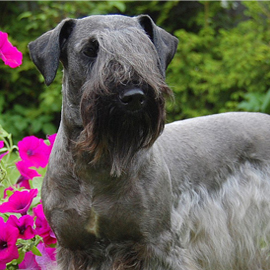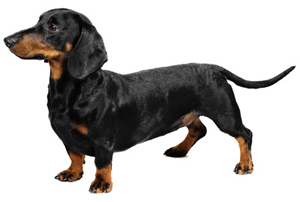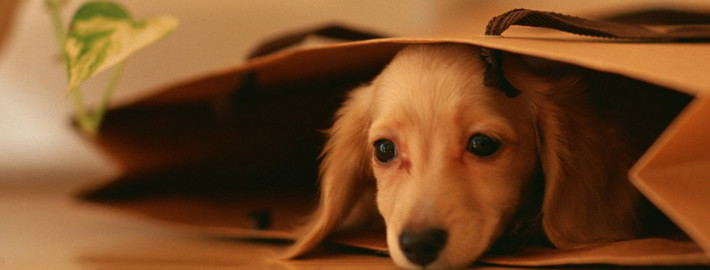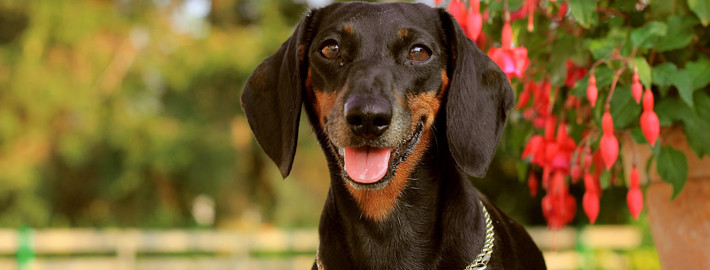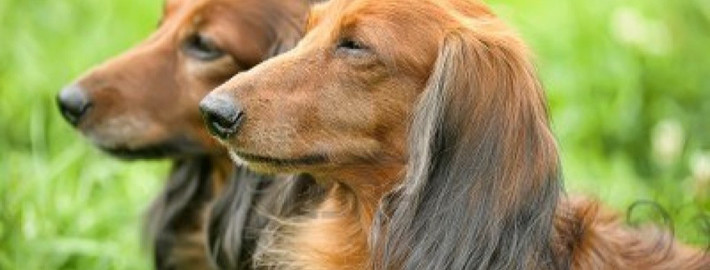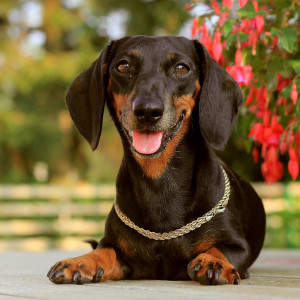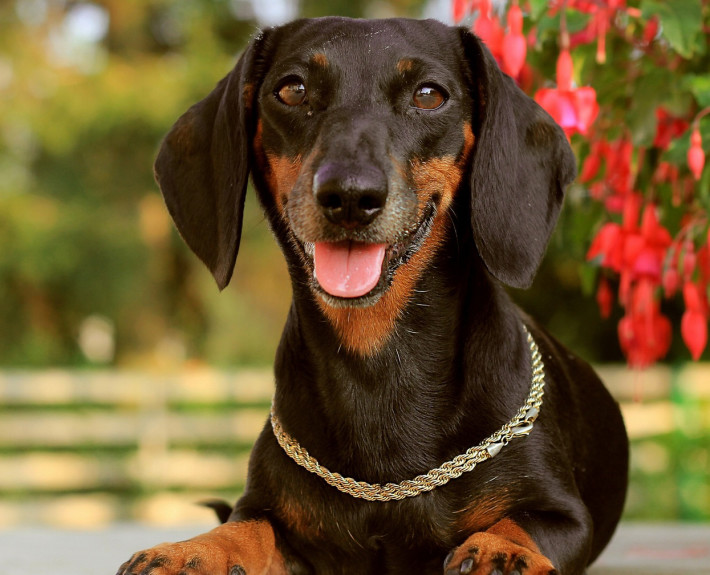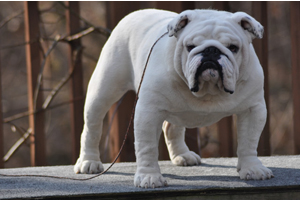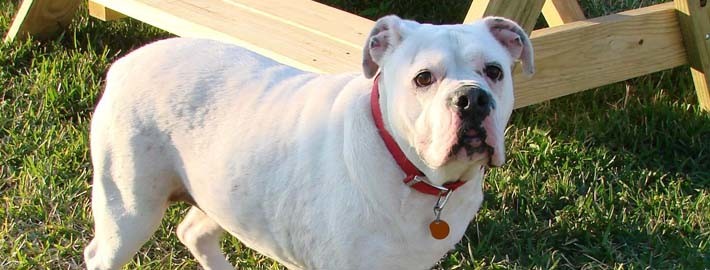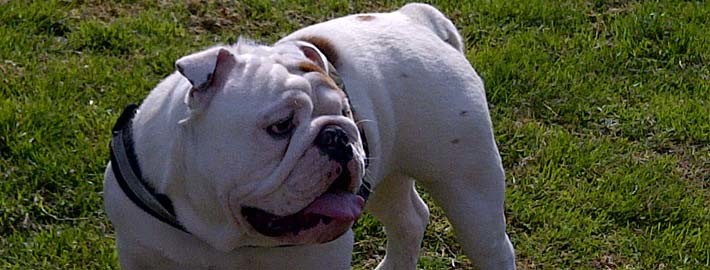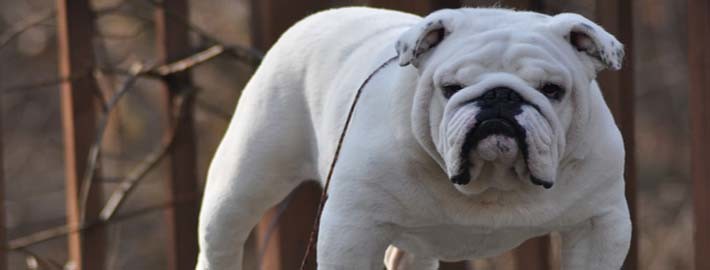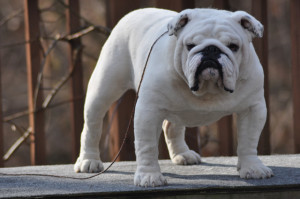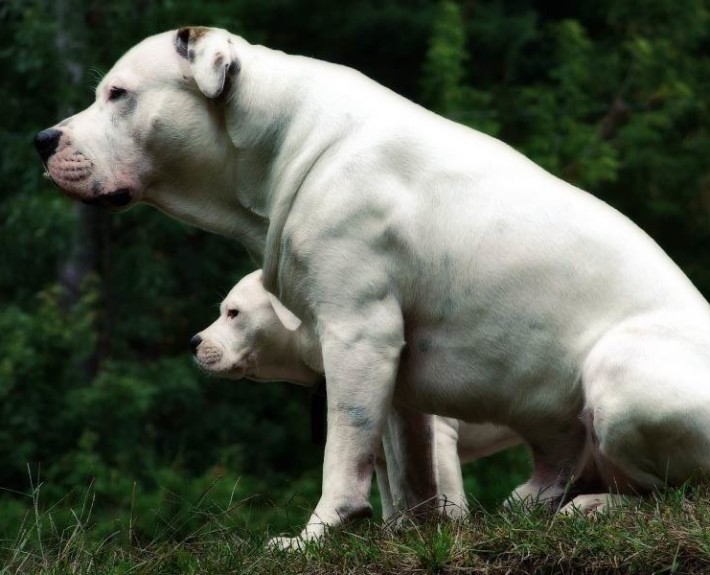Épagneul Bleu de Picardie
Épagneul Bleu de Picardie – Calm Eyes Expression
What makes the Épagneul Bleu de Picardie Unique?
The Épagneul Bleu de Picardie is a dog down on the ground, well-built for the job and very typical appearance. The head has an elongated skull, relatively wide, with a barely visible occipital bone. The stop is moderately stressed, but well defined. The eyes have a calm expression and are deep, large, well open. The ears must be attached just below the eye line; they are very thick, wavy hair covered; the length should reach the end of the muzzle.
Breed Groups
- Working Dog Breed
- Large Size
Page Contents
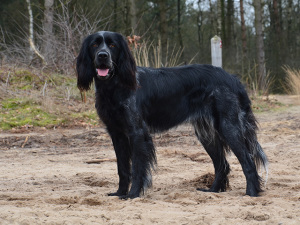
SnapShot
| Size: | Males – 55 to 60 cm (21.6 to 23.6 inches) Females – 55 to 60 cm (21.6 to 23.6 inches) |
| Weight: | Males – 19 to 24 kg (41.8 to 52.9 pounds) Females – 19 to 24 kg (41.8 to 52.9 pounds) |
| Origin: | France |
| Life Span: | 10 to 12 Years |
| Colour: | Roaning (mixture of grey, black and white) with or without black patches |
| Litter Size: | 3-7 puppies |
Is the Épagneul Bleu de Picardie Right For You?
In 5 Words
- Loyal
- Calm
- Friendly
- Sociable
- Sweet
Characteristics
Learn About the Épagneul Bleu de Picardie
Description
The Epagneul Bleu de Picardie is very similar to its ancestor the Picardy Spaniel, but differs substantially in terms of coat color. This breed is substantially larger than most Spaniels and could be considered a transitional size between them and the Setters. This breed usually stands between 22 and 24 inches tall at the shoulders, with the average males standing about an inch taller than the average female.
, with some black patches. It is flat or a little wavy with feathering on the ears, legs, underside and tail. They have long legs with some setter characteristics. They look more like a setter than a spaniel.
Breeders can distinguish an Epagneul Bleu de Picardi dog from other Picardy Spaniel breeds by the look of its coat. Compared to other Spaniel breeds, a Blue Picardy Spaniel has a blue coating distinct only to this breed. The fact is that no hair of it is blue; rather, the coating was a mixture of white, gray, and black hair that covers the dog’s coat.
Short History of the Épagneul Bleu de Picardie
The Épagneul Bleu de Picardie is descended from the old French spaniels that were crossed with blue Belton English Setters and Gordon Setters. The presence of the first black blue/grey coated spaniel was recorded in 1875. In 1921 the Picard Spaniel and Blue Picardy Spaniel Club was formed. The Blue Picardy Spaniel was classified as a separate breed because of its distinctive coat and skin color.The Epagneul Bleu de Picardie did not develop as a unique breed until the early years of the 20th Century, but can trace its origins back many centur.
This hunting dog was developed in the 19th century in the Picardy region of France and was considered a variety of Epagnhee of Picardy. From 1921 it was acknowledged as an independent breed but it is rarely found even in its native place.ies farther than that. Epagneul is one of several breeds of Epagneul, better known in English as the French Spaniels.
Temperament
It is a versatile hunting dog, used for its ability to locate and retrieve game in harsh and adverse terrain and conditions. It is not specialised to any one type of terrain, and tends to score well in field trials. The Blue Picardy is considered to be a quiet breed, but requires a great deal of exercise as it has a high level of stamina. It loves to play, and is a responsive and obedient breed which thrives on human companionship. It is especially good with children.
Most breeders of Epagneul Bleu de Picardi found the breed’s temperament as gentle and extremely affectionate. Although they developed with athletic instinct, these dogs still like to stay beside their owners. Both children and adults will love this breed as their pet companion daily. However, the breed’s hunting nature may cause them to chase smaller animals.
The Epagneul Bleu de Picardie has a temperament very similar to that of most working Spaniels, although it has also frequently been compared to that of the Golden Retriever. This is a very, very people oriented breed.
Caring for Your Épagneul Bleu de Picardie
General Health
The Epagneul Bleu de Picardie is considered to be a very healthy breed. These dogs have been bred primarily as working gun dogs. Any genetic defect would have hampered their ability to work and therefore been eliminated from the gene pool.
Because of the breed’s body-built and natural capabilities, owners do not find any health-specific problems that this breed tends to meet. However, relaxing about the dog’s health is still not advisable. Experts would suggest that proper exercise and regular activities will help owners to keep this breed healthy.
Providing a source of health information for owners, breeders, and scientists that will assist in breeding healthy dogs. CHIC is a centralized canine health database jointly sponsored by the AKC/Canine Health Foundation (AKC/CHF) and the Orthopedic Foundation for Animals (OFA).
Grooming & Bathing
Owners should keep up grooming regularly. They must brush the dog’s coating to keep up the hair’s health. The shedding is minimal which means that brushing is not a daily task. Breeders do not even worry about changes in season because the Epagneul Bleu de Picardi is capable of withstanding any weather. The coating of a Blue Picardy Spaniel dog does not shed even during springs and fall. Bathing is not even a heavy task for this breed. People do not have to bathe the dogs under this breed often; however, because of their hunting instincts, they might become dirty when they go outdoors. Owners must bathe them when necessary to prevent their coating from becoming dull. Remember that hunting dogs have a high amount of energy; hence, the Blue Picardy Spaniel dogs must have a sustained activity to tame their energy. Daily jogging is enough to make them lively. Aside from all these, people must always check the dog’s ears for infection. An expert-approved treatment is efficient enough to treat and infection build up in the ear canals. Teeth’s brushing is also a task to consider preventing the accumulation of tartar and development of foul breath.
Exercise & Training
A good training for this breed is daily exercise. These dogs do not respond well if kept in limited space alone. Owners should give a good space for these dogs to run and release their energy. Otherwise, they might become destructive and disobedient. The unique intelligence of this breed will allow owners not worry when leaving the dog by itself. Keep in mind that harsh discipline will never win the favor of an Epagneul Bleu de Picardi.

